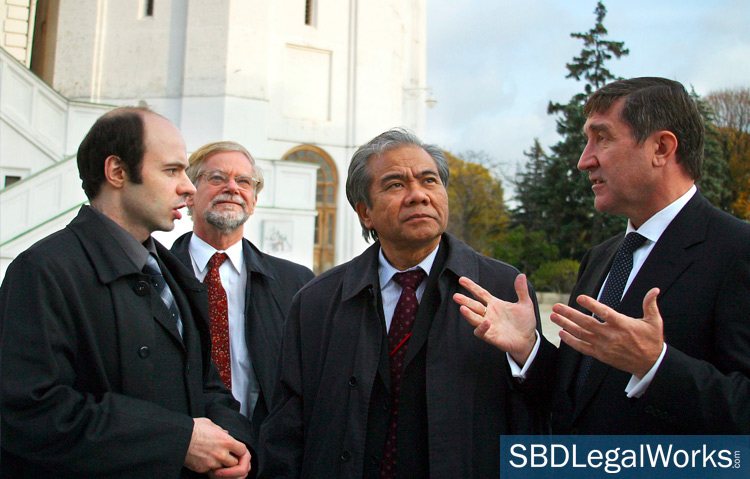
A small Mississippi town named Winona had its world rocked in July 1996. A man entered a furniture store and murdered 4 people in cold blood. Over 23 years later, the crime remains officially unsolved, but one man—Curtis Flowers—has been at the center of the storm.
Curtis Flowers was an employee of the store, 26 years old at the time. He had been fired 2 weeks prior to the murders. That motive formed the basis for the case against him. Six times he was taken to trial and in 5 of those cases, prosecutors sought the death penalty. Four of those times he was convicted, with 2 other instances resulting in hung juries.
Most people upon reading the narrative may wonder how that many trials is even possible. Doesn’t double jeopardy—the principle that no one can be tried twice for the same crime—kick in? Or if he keeps being found guilty, what’s the reason for the retrials?
The answer is racial bias on the part of the prosecution when it came to selecting the juries that would decide the fate of the African-American Flowers. Three of the first 4 convictions had been overturned because it was found that District Attorney Doug Evans had repeatedly struck African-American people from the pool of potential jurors. Flowers’ defenders note that the 2 juries that did not convict had a fair representation of African-Americans.
Evans was using peremptory strikes—ones that could not be contested by the defense—to systemically eliminate African-Americans from the jury. In one of the cases, 41 of 42 potential African-American jurors were struck using this tactic.
Flowers’ fourth and most recent conviction went all the way to the Supreme Court. The evidence on behalf of racial bias was strong enough that a court that’s often bitterly divided came down with a decisive 7-2 ruling, authored by Brett Kavanagh, that dismissed the conviction.
Double jeopardy still does not apply, however. It’s important to note that no jury has acquitted Flowers of the crime yet. A case that results in a hung jury can be retried, as can one where a conviction is thrown out.
The result is that Flowers has spent the last 23 years in prison, continually awaiting his next trial. He might still be there had an anonymous donor not stepped up to post the $250,000 bail. Flowers has been able to return home and be with his family while under electronic surveillance.
Where the case goes from here remains undecided. A seventh trial is a possibility. The heinous crime and the small-town backdrop make this look like a John Grisham novel from the outside and the prosecutors’ tenacity bears witness to how much public pressure there is to get justice for the victims and their families. It will be up to the District Attorney to decide whether to make another run at Flowers (presumably using more appropriate tactics for jury selection) or follow other leads in the case.